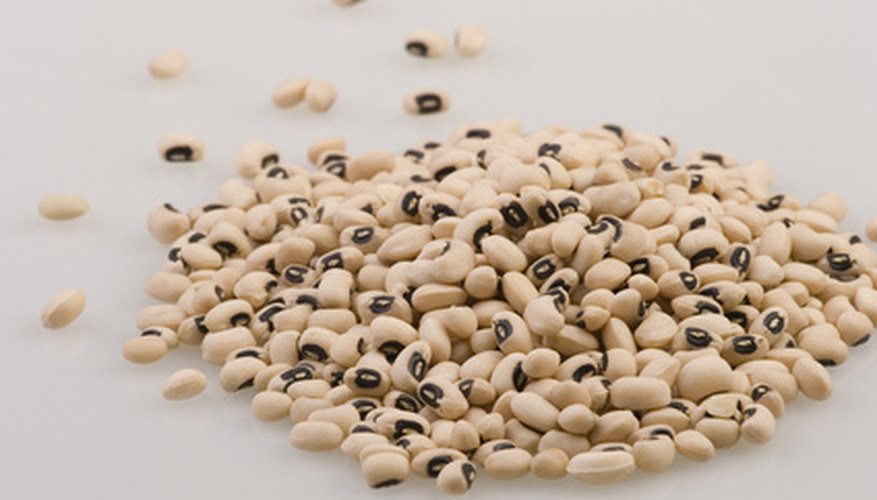Bean weevils, also known as bean beetles, are small insects often used to feed small pet reptiles, such as lizards or frogs, or even larger insects, such as spiders. These bean weevils are easy to raise, and multiply quickly, allowing you to start your own weevil program to feed your pets. However, it's important that, once you receive your first weevils, you know how to properly care for them and set up a culture correctly. When started correctly, the bean weevil culture will thrive, giving you a constant supply of feed insects.
Purchase a number of bean weevils from a reputable source. Although it is possible to find bean weevils in the wild, it is much simpler to purchase a starter culture, which is a number of weevils or beans with eggs in them, from a dealer. Bean weevils are not often found in stores, but can be purchased from a variety of sources on the Internet.
- Bean weevils, also known as bean beetles, are small insects often used to feed small pet reptiles, such as lizards or frogs, or even larger insects, such as spiders.
- Although it is possible to find bean weevils in the wild, it is much simpler to purchase a starter culture, which is a number of weevils or beans with eggs in them, from a dealer.
Line a jar or other container, such as a plastic box, with beans. Bean weevils need these beans in order to lay their eggs. The weevils seem to prefer black-eyed beans or mung beans. The layer of beans should be 1 to 2 inches thick. The weevils have no problem borrowing into dry beans, so don't cook or soak them.
- Line a jar or other container, such as a plastic box, with beans.
- The weevils have no problem borrowing into dry beans, so don't cook or soak them.
Refrain from placing any other food or water in the container. The young bean weevils will eat the beans they emerge from, and the adult bean weevils do not eat. Neither young nor older weevils require water.
Create a secure lid for the weevil container. Bean weevils can fly, and will attempt to escape from an improperly sealed container. Either punch several tiny holes in the original lid of the container, or cover the top of the container with fine mesh. Secure the mesh tightly with a rubber band.
Separate a large weevil culture into two or three cultures so that you can rotate them, always having at least one culture available for use while the other grows more weevils.
Dispose of any dead adult weevils every week. Adult bean weevils live for only one to two weeks, and any weevils that died before being used as feed can contaminate the culture. Remove the dead weevils by emptying the culture into a colander with holes that are smaller than the beans but bigger than the weevils. Shake the colander. Dead weevils will fall through. The beans, with the weevil's eggs in them, will remain. Place the egg-laden beans back into the culture jar.
- Create a secure lid for the weevil container.
- Remove the dead weevils by emptying the culture into a colander with holes that are smaller than the beans but bigger than the weevils.
